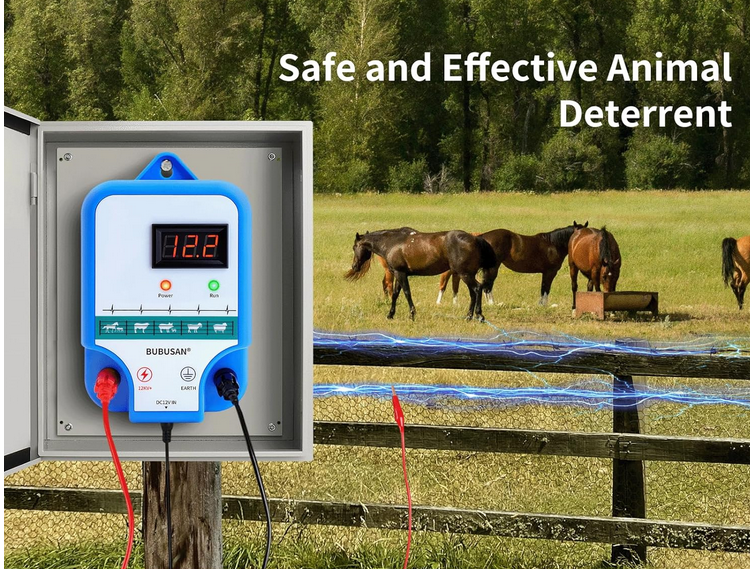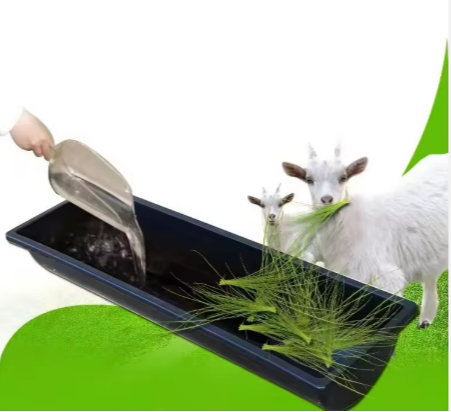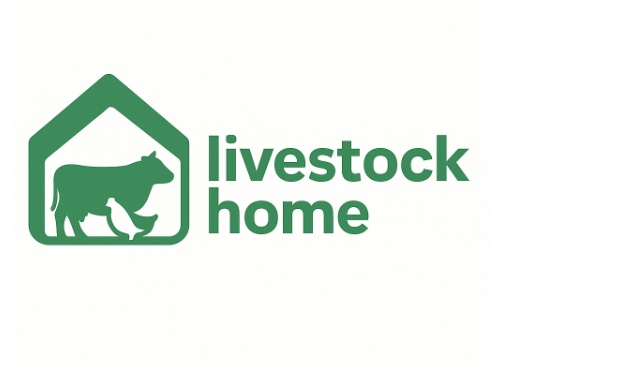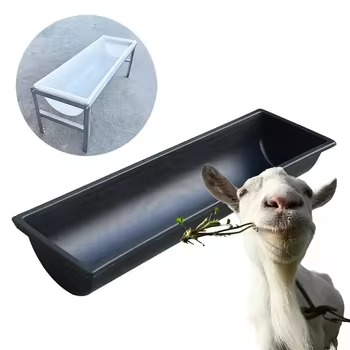Sheep Farm
Sheep Farming Market Outlook 2025: Is There Still Profit? How Can New Farmers Earn Money?
As we step into 2025, livestock farming continues to play an important role in agricultural economies worldwide. Among them, sheep farming remains highly attractive due to the diverse value of meat, milk, and wool. But the big question is: Is sheep farming still profitable in 2025? And for newcomers, what strategies can help them succeed?
1. 2025 Sheep Farming Market Overview
1. Strong demand for sheep meat
Driven by population growth and consumption upgrades, demand for sheep meat continues to grow. In regions such as the Middle East, Africa, and Southeast Asia, consumption remains high, and import demand is strong.
2. Prices remain stable with slight growth
In late 2024, sheep meat prices experienced a temporary dip due to oversupply. However, as feed costs stabilized and seasonal demand increased in 2025, prices have shown steady performance with slight upward trends.
3. Policy support and subsidies
Governments continue to support livestock farming. In many regions, subsidies are available for infrastructure, vaccination, and insurance, providing financial security for sheep farmers.
2. Is Sheep Farming Still Profitable in 2025?
The answer is: Yes, but it depends on management efficiency and market positioning.
-
Opportunities: Stable meat prices, rising market demand, and policy support.
-
Challenges: High feed and labor costs, disease prevention expenses, and lack of experience for beginners.
-
Conclusion: Sheep farming in 2025 remains profitable, but success depends on adopting modern, efficient, and differentiated business models.
3. How Can New Farmers Make Money?
1. Start small and scale gradually
Beginners should start with a small flock to gain experience in feeding, disease prevention, and sales before expanding to hundreds or thousands of sheep.
2. Find a niche market
-
Meat sheep: Focus on fast turnover and stable cash flow.
-
Dairy sheep: Produce high-value sheep milk and cheese.
-
Agri-tourism model: Combine sheep farming with tourism and education for added income.
3. Reduce costs and improve efficiency
-
Use modern feeding and watering equipment to reduce labor costs.

-
Choose breeds well-suited to the local climate to minimize risks.
-
Adopt solar energy and smart livestock management tools to cut utility expenses.

4. Diversify sales channels
-
Go beyond traditional wholesale—use e-commerce, live streaming, and community group buying to reach consumers directly.
-
Build partnerships with restaurants and meat processing plants for stable, long-term sales.
4. Conclusion
In 2025, sheep farming remains a high-potential business. The key is not whether the industry is profitable, but whether farmers can adopt the right approach.
For new farmers, the best strategy is: “Start small, manage scientifically, and sell smart.” By seizing market opportunities, controlling costs, and increasing value-added products, newcomers can secure sustainable profits in sheep farming this year.

 Pig Farm
Pig Farm




